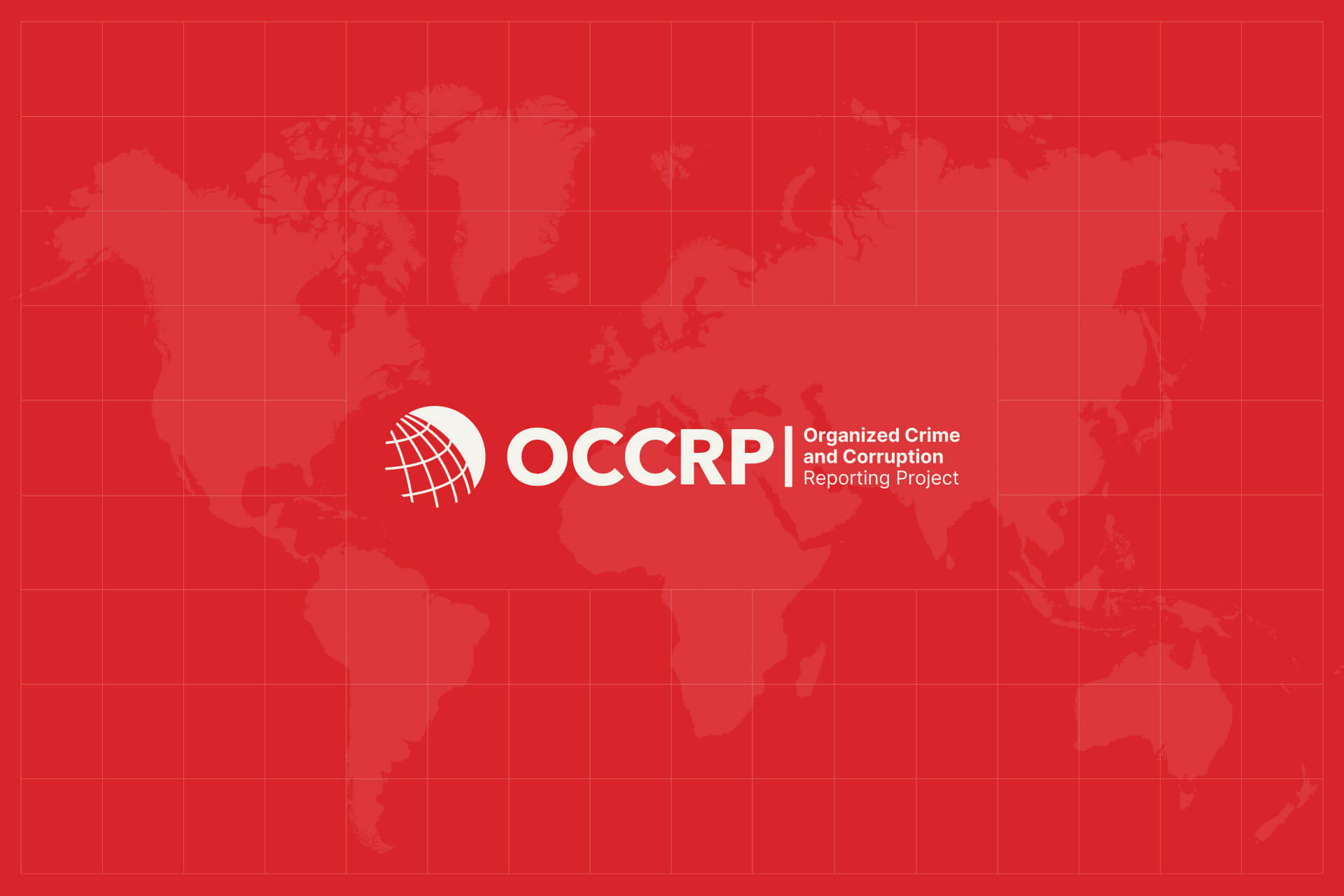According to the UN Office on Drugs and Crime (UNODC) report, industrial-sized laboratories in Southeast Asia are producing massive quantities of methamphetamine tablets, crystal meth and other similar substances, such as Ketamine. Use of the amphetamine Captagon has spiked in the Near and Middle East, the report said, and Saudi Arabia seized more amphetamines in 2007 than China and the United States combined.
The report noted that production of cocaine and opiates was down in 2008. In Afghanistan, where 93 percent of the world’s opium is grown, opium cultivation was down 19 percent in 2008 from the year before. Colombia, which produces half of the world’s cocaine, saw an 18 percent decline in coca cultivation and a 28 percent decline in cocaine production in 2008 from the year before. UNODC also reported that global coca production – at 845 tons – is at a five-year low.
Weak Countries Targets
“As long as demand for drugs persists, weak countries will always be targeted by traffickers,” said UNODC head Antonio Maria Costa. “If Europe really wants to help Africa, it should curb its appetite for cocaine.”
While UNODC does not recommend the legalization of drugs, it did recommend that drug use should be treated as an illness. “People who take drugs need medical help, not criminal retribution,” Costa said. He called for universal access to drug treatment.
Costa also called on governments to enforce international agreements against organized crime, and encouraged police to focus on the small number of high-profile, violent criminals rather than large numbers of petty offenders. “Go after the piranhas, not the minnows,” he said, noting that in some countries the ratio of those imprisoned for drug use compared to those imprisoned for drug trafficking is 5-1.
-- Beth Kampschror
What Lockdown? World’s Cocaine Traffickers Sniff at Movement Restrictions
Drugs keep flowing despite the global pandemic.





